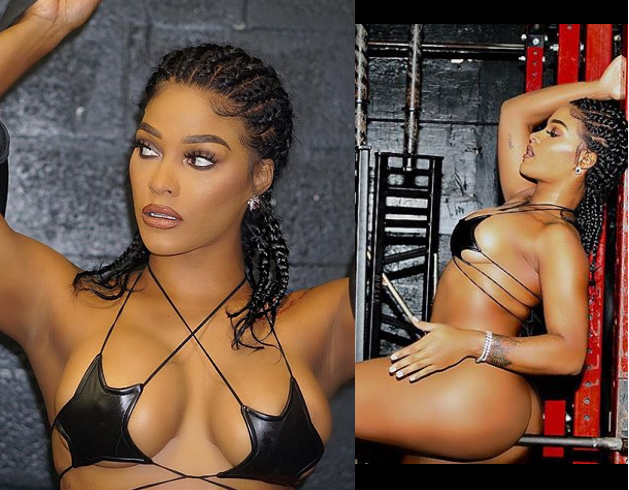Health
5 alternatives for women who hate wearing bras
There is good news for women who find bras uncomfortable.
Before puberty hit girls, they were free to play roughly with boys, but once they developed breasts, they had to be more careful and more conscious of their bodies. They were introduced to a life of breast imprisonment called bras.
Personally, my mother was very strict about wearing bras, even at home. She didn’t want my breasts unsupported, especially when visitors came around.
But bras are the most uncomfortable pieces of underwear, especially those with underwires which, by the way, have been linked to breast cancer.
But we cannot all be subject to a lifetime of wearing bras. So, what are the alternatives if you want to give up bras?
- Go braless
Embrace your breast shape and size, and don’t let anyone make you feel bad about it – all breasts are beautiful.
My mother always complained about my small breasts and made me wear bigger bras to inflate them.
I didn’t know that having small breasts was a blessing in disguise because I didn’t always have to wear bras, especially when wearing thick clothes.
Those with bigger breasts may face a challenge if they decide to go braless, especially if their breasts are too weighty and give them back aches – but if they don’t feel that way, they could also be braless.
- Use a bra pasties or boob tape
Boob tapes are adhesive fabric that keep your breasts in a fixed position.They help to give women a more pronounced cleavage and shape their breasts.
Pasties can save you from an ill-fated nip slip. They are little fabrics or paper that cover your nipples if you intend to go braless or wear an outfit with a wide cleavage.
- Use a bandeau or tube top
Bandeaux or tube tops are extremely cozy. They keep your breast in place, and they don’t burden you. They also prevent your nipples from showing underneath your outfit and can be worn on sleeveless outfits.
- Bralettes or sport bras
Bralettes are loose yet fitting. If you are looking for comfort and support (especially if you are plus size), bralettes are a good option. The only issue is that you can’t wear them with sleeveless outfits.
- Shapewear
Shapewear is becoming increasingly popular because of its utility. They give women’s bodies definition, hide excess tummy fat and make bras unnecessary. They can also be worn by women of any size.
On an ending note, we must add that bras are not all bad; some are actually comfortable – the stick on bra, for example.
Also, there are some outfits that require you to wear bras – especially push up bras. So staying away from bras forever may be an illusion.














